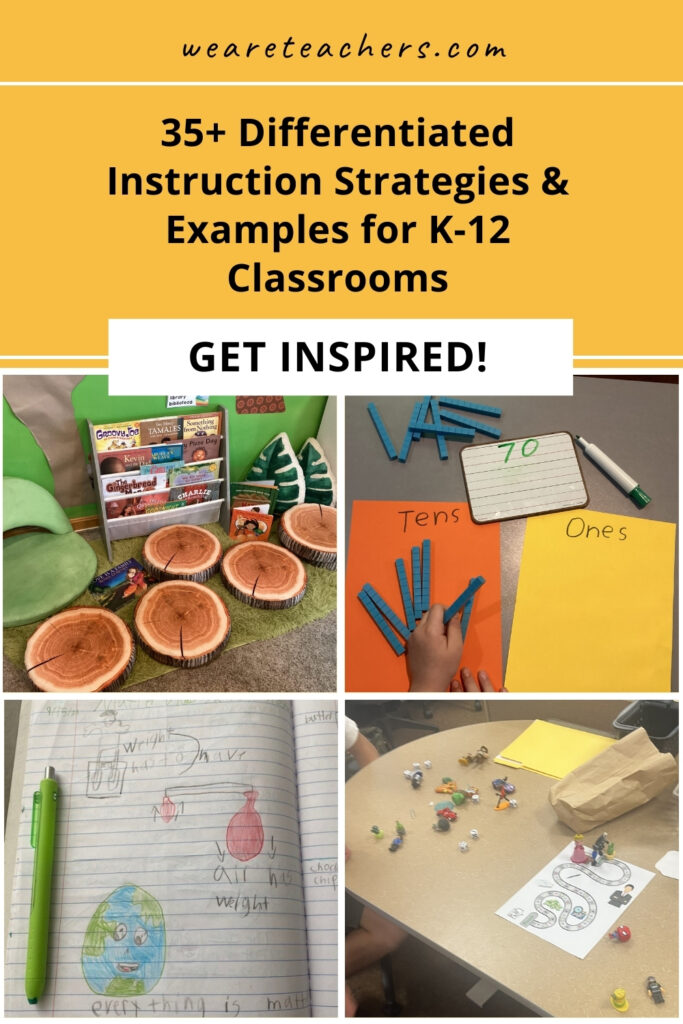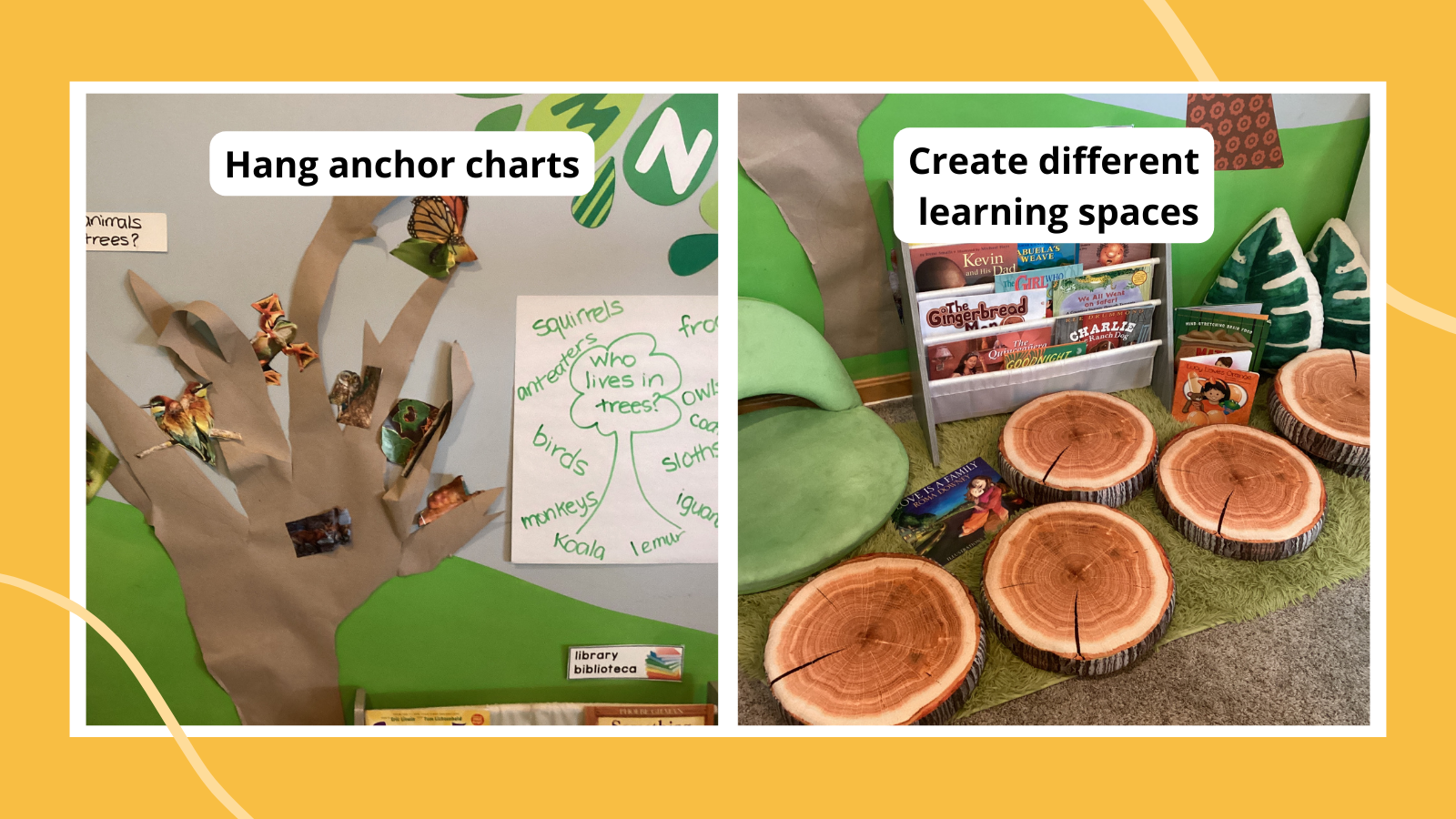As a teacher, you already know that every student in your classroom is different. They have their own personalities, their own likes and dislikes, and their own ways of learning best. Differentiated instruction strategies give every kid a chance to succeed by adapting the learning to fit their needs. Add these examples of differentiated instruction strategies to your teacher toolkit so you can use them all year long.
What is differentiated instruction?
Differentiated instruction strategies mean tailoring your teaching so all students engage with the curriculum in meaningful ways. The result of differentiated instruction strategies is that all students learn. Carol Ann Tomlinson introduced the concept of differentiation in the 1990s, and now it’s just part of teaching. Tomlinson identified four ways that teachers differentiate:
- Content: What is taught
- Process: How it’s taught
- Product: How students show what they have learned
- Learning environment: The classroom and learning environment
Tomlinson’s differentiation model created new ways for teachers to think about how they provide and shape opportunities for students to engage with content, from flexible seating to choice boards.
Learn more: What Is Differentiated Instruction?
Here are our favorite differentiation strategies to make the aspects of learning work for every student.
Strategies To Differentiate Content
Differentiating content means adjusting lessons and materials based on what students are ready for and depending on students’ strengths and needs. This may mean providing support with vocabulary before students start writing, or helping students build background knowledge before heading into a history unit.
Give pre-assessments
Before you present a new topic, take a few minutes to find out what kids already know. Their responses might change what you decide to teach. If they already know all about area and perimeter of 2D shapes, for example, you may spend less time teaching 2D shapes and move on to 3D shapes.
Use leveled readers
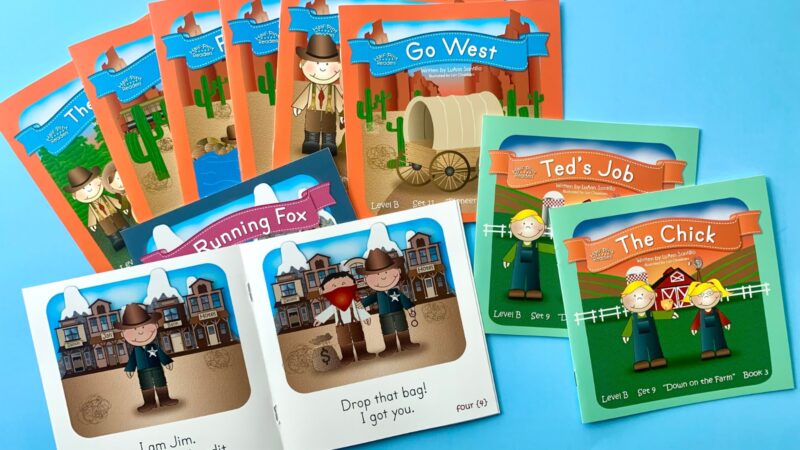
Especially as students learn to read, providing students with books that have sound patterns and words they can read is an important differentiation strategy. As they get older and are reading to learn, provide students with texts that they are familiar with or that you are confident they can access with the reading skills they know. For older students who struggle with reading, using hi-lo books is a great way to give them an engaging experience with text.
Read more: How to use leveled books with the Science of Reading
Use vocabulary lists
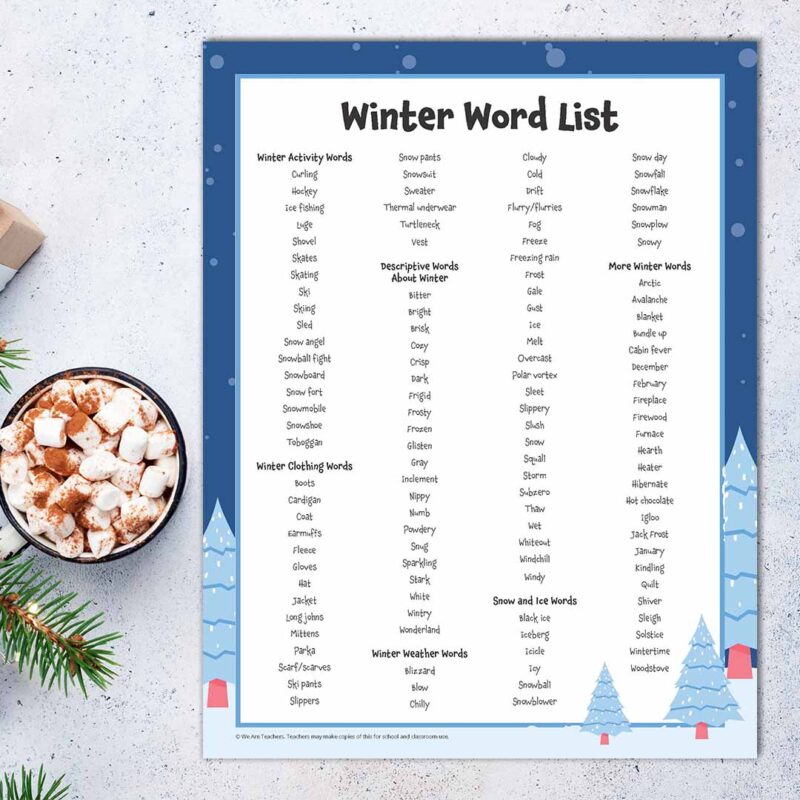
When students are writing or working on projects, offer shorter or longer word lists depending on the students’ background knowledge. Vocabulary lists are a great way to build students’ vocabulary whether they’re learning English or they excel in vocabulary.
Use our word lists for summer, winter, and seasonal events like Halloween and Valentine’s Day to start differentiating.
Pre-teach knowledge and vocabulary
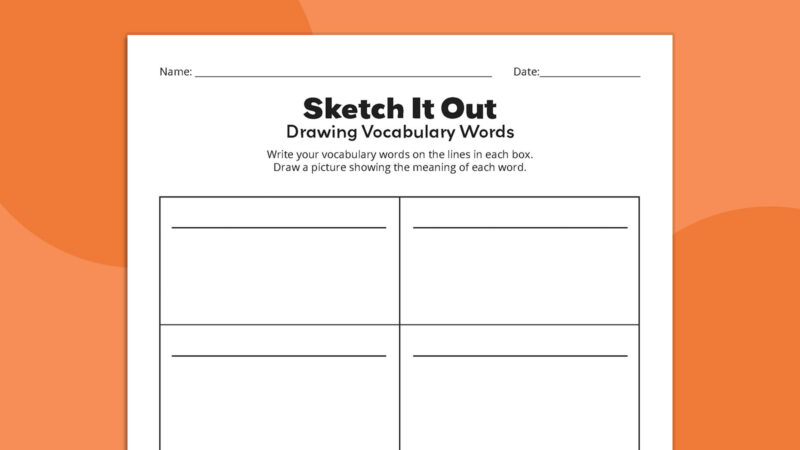
Pre-teach the vocabulary and concepts that students need to know before they engage with a lesson. This could be math concepts (perimeter, area), history terms, or science vocabulary. This strategy is especially important for students who are learning English and those who struggle with reading comprehension because of low vocabulary.
Get it: Vocabulary worksheets
Pre-teach a group of experts
Another way to pre-teach is to teach a small group of students. Then, rely on these students to be your “experts” during whole-group learning. Use this strategy regularly, but switch up the student experts.
Use diverse content
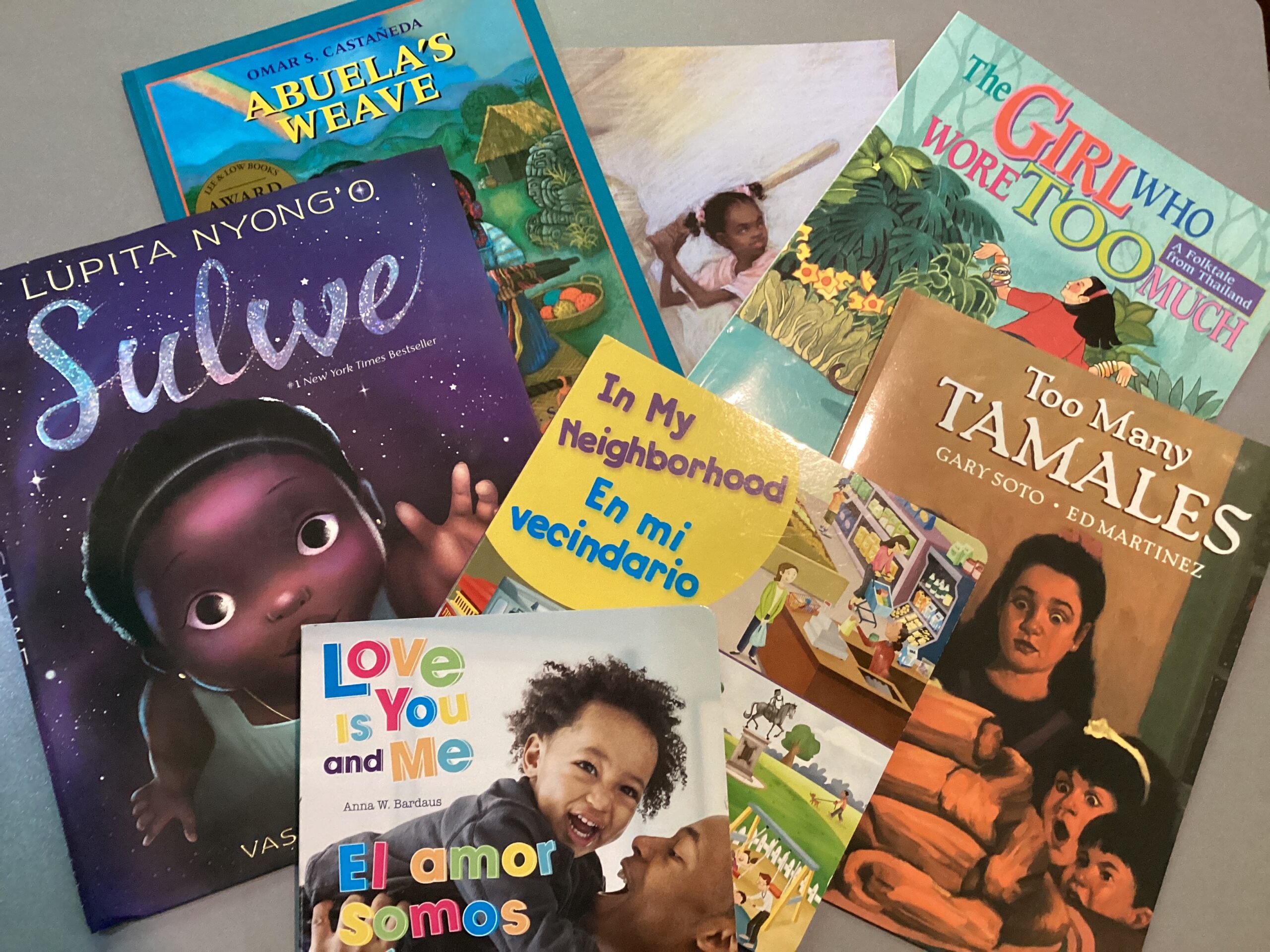
Ensure your reading choices include diverse and multicultural characters, settings, and authors. Having diverse books allows students to connect with content, either by seeing themselves in text or by learning about others’ experiences.
Learn more: What Are Windows, Mirrors, and Sliding Glass Doors?
Strategies To Differentiate Process
When we differentiate process, we’re differentiating how students engage in the learning. The way we ask questions, how we teach students to collaborate, and how we organize the learning experience all impact how students learn.
Be strategic with questions
Create ways for students to answer more difficult questions as they learn more about a topic. That could mean that students engage with open-ended questions as they read more about a science event, or that students think through how a math concept applies to real-world scenarios.
Teach color-coding
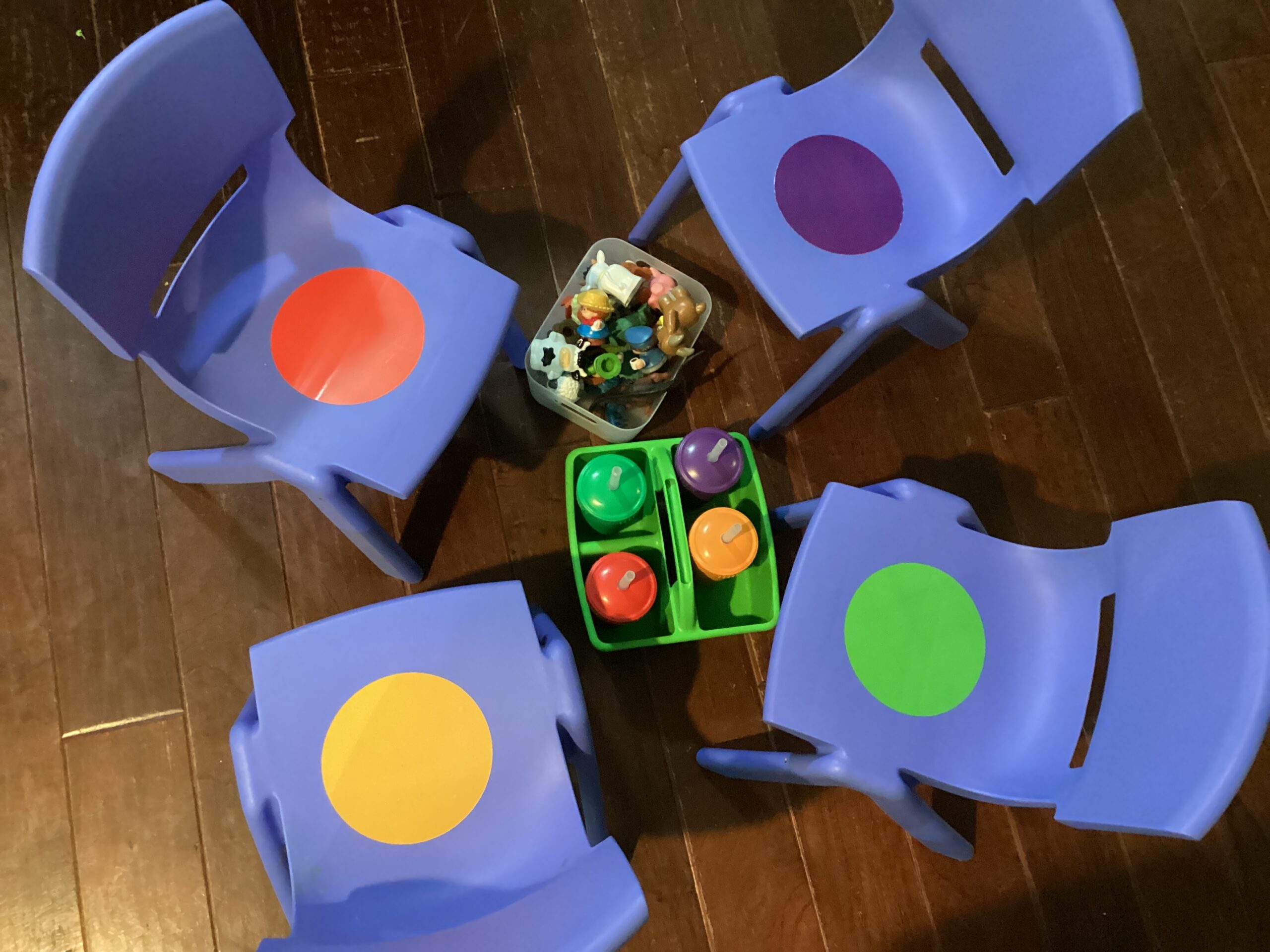
Color-coding can work in all sorts of classroom applications, including organization, routines, and organizing and highlighting content and notes. The idea is to help students use color-coding to bring organization and focus as students are learning.
Learn more: Color-Coding in the Classroom
Implement a stoplight system
As students are working, it’s important to have a system to ensure they’re learning what you want them to. A stoplight system is an easy, nonverbal (read: quiet) way to check for understanding. Each student has three cups—one green, one yellow, and one red. The color of the cup corresponds with how they feel about what they’re learning. Green means they’re good to go, yellow means they’re struggling, and red means they’re stuck entirely. If you don’t have cups, try this with sticky notes or folded desk tents.
Plan cooperative learning
Cooperative learning describes a strategy where students work together in small groups under supervision to accomplish a goal. Create groups based on student needs and abilities. Once you know your students, you can put groups together quickly, and adjust them based on the activity and goal.
Assign must-dos and may-dos
Not all students need extra time; in fact, some finish everything up too quickly! That’s where the ability to provide enrichment activities comes in handy. For any lesson, be prepared with “must-do” and “may-do” activities. This helps kids prioritize the most important items and gives fast finishers meaningful work to do too.
Learn more: The Case for Must-Dos and May-Dos
Use graphic organizers
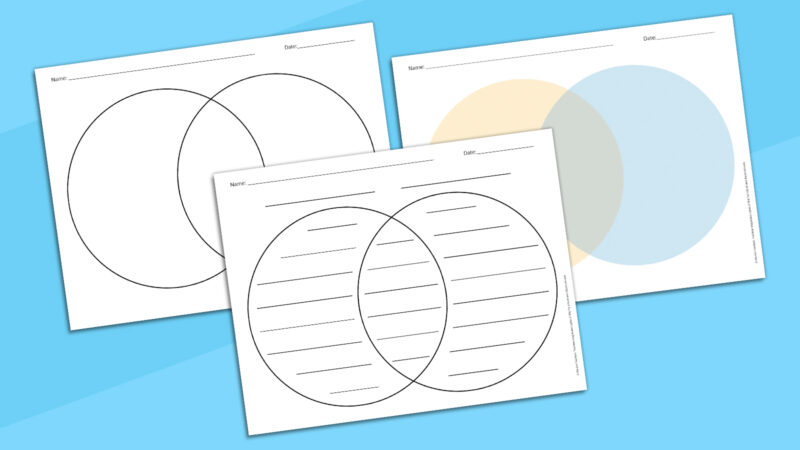
Graphic organizers are a way to organize information using a visual. There are standard graphic organizers, like a timeline or this free Venn diagram printable. Or students can create their own graphic organizers to organize what they’re learning.
Learn more: Graphic Organizers and How To Use Them
Have students lead lessons
Assign students a topic or let them pick their own, then ask them each to become an expert and plan a lesson to share with the class. Encourage them to think of creative ways to share the information, planning interactive activities they themselves would like to do in the classroom. You’re bound to get a lot of new teaching strategies yourself!
Give real-life examples
Whenever possible, use real examples to show kids how a topic applies to real life. In math, money activities can be especially effective. In reading, connect assignments to topics that students are genuinely interested in. The more students see the connection to real life, the more engaged they’ll be.
Let students sketch
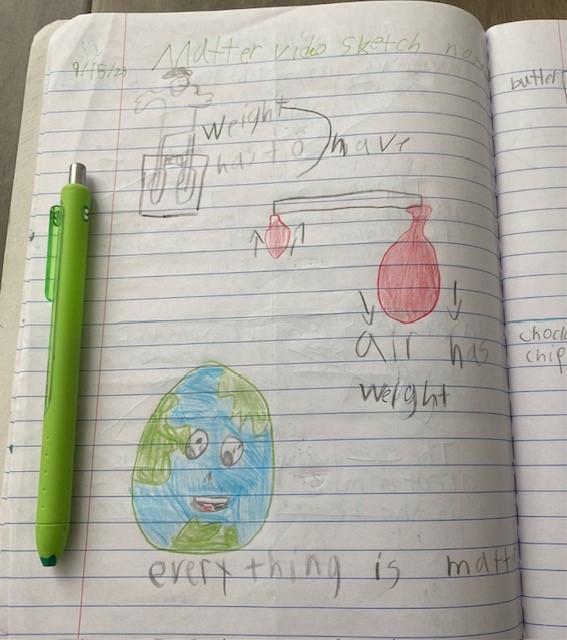
Give students the option of using sketchnotes to keep track of their thoughts and learning about a topic. Teach students the process and how to decide what to capture in their sketchnotes, then provide the option for students that love this type of note-taking.
Learn more: Creative Ways To Use Sketchnotes in Your Classroom
Wait …
This one is all about teacher patience. When you ask your class a question, don’t immediately call on the first person to raise their hand. Instead, wait a few more seconds, and call on someone whose hand came up a little later. This allows students who need more time to process a chance to get their ideas out too.
Listen to audiobooks
Unless reading itself is key to the topic you’re presenting, consider letting students listen to an audiobook instead. This lets them focus on the content, rather than just the words and sentences.
Learn more: Places Kids Can Listen to Free Audiobooks
Provide writing supports
If handwriting is a challenge, explore options like special pencil grips or try one of these easy hacks. When handwriting isn’t the learning goal, offer kids options like oral responses or typing instead.
Teach with manipulatives
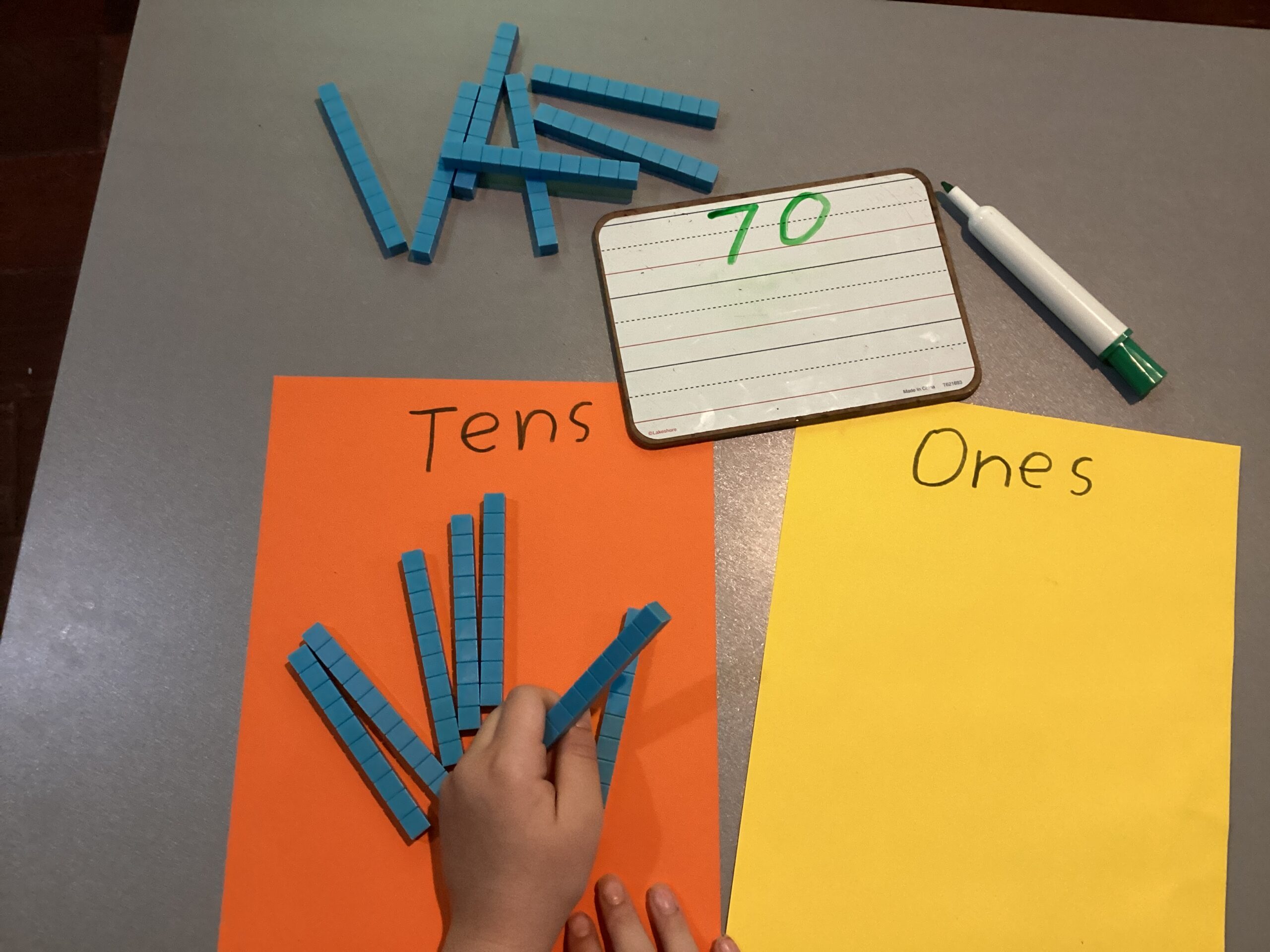
These aren’t just for little kids! Make math manipulatives available to older students too. Having hands-on materials to work with, whether it’s counting out change or showing how many hundreds are in a thousand, helps make concepts more concrete.
Chunk and scaffold
Provide support for students by breaking down learning into manageable chunks and providing teaching opportunities that move students from one small skill to the next.
Learn more: Ways to scaffold instruction
Assign evens or odds
When giving homework assignments or practice worksheets, give students who need extra time the option to complete only the even or odd questions. This gives them effective practice but keeps them motivated.
Self-paced learning
Use computer programs to help students progress at their own pace. Of course, you’ll need to ensure students stay on task when they’re working independently. Also, remember that a computer program may only have the ability to explain things one way, so be ready to step in and give kids information in other ways when needed.
Get moving
Many students learn best when their bodies are involved. Active math games, like fishing for numbers, stomping on a number line, or jumping to practice math facts, are great ways to practice learning with students’ whole bodies.
Learn more: Active Math Games and Activities
Think-pair-share
Before students share out in a whole group, have them turn to a partner and share their ideas. This way every student can share in a way that feels more comfortable. And you’ll know that every student has had a chance to participate whether they love sharing in the spotlight or not.
Learn more: Fun Alternatives to Think-Pair-Share to get students talking
Jigsaw
In a Jigsaw, students are divided into groups. Each group has a text to read and each student is assigned to become an expert on one portion of the text. This breaks a longer text into manageable chunks and allows each student to become an expert. For students who require more support, assign the introduction or conclusion, where information is typically more explicit.
Strategies To Differentiate Product
Differentiating product means letting students have voice and choice in how they present what they learned.
Choice boards
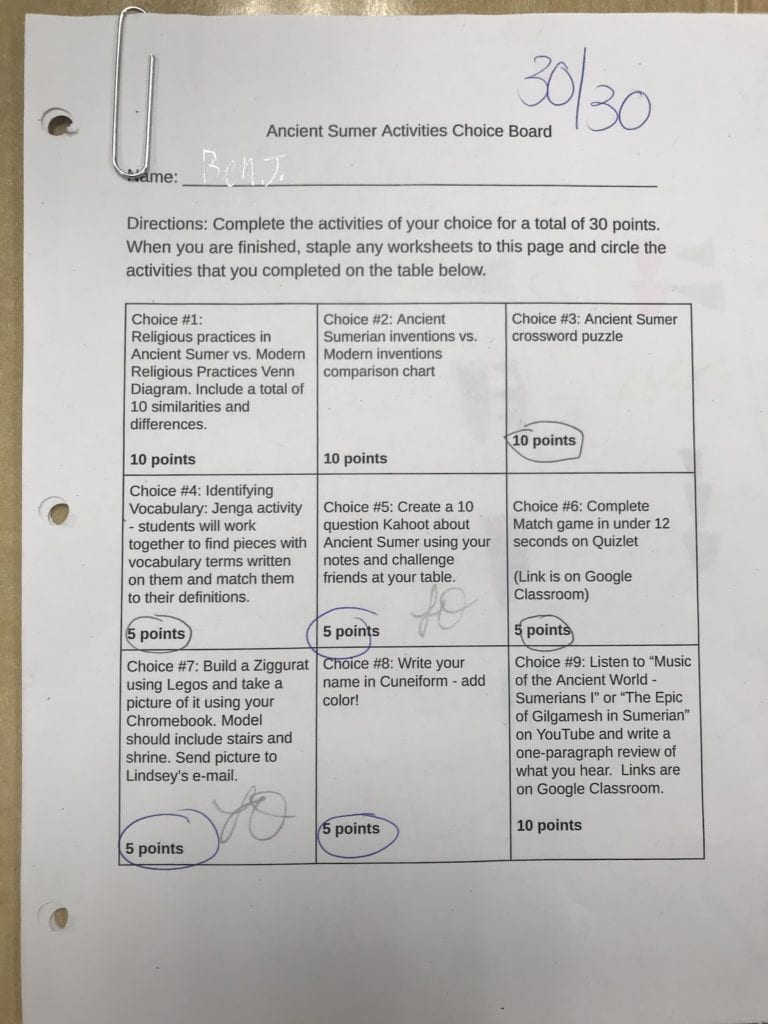
Choice boards are, well, boards, with a few different choices for students to show what they know. Being allowed to pick and choose encourages kids to take responsibility for their choices. To make this work, determine what goals all students need to achieve. Then, let them come up with ways to demonstrate those goals, or give them a few options that appeal to different types of learners.
Learn more: How I Use Choice Boards To Increase Student Engagement
Book reports with choices
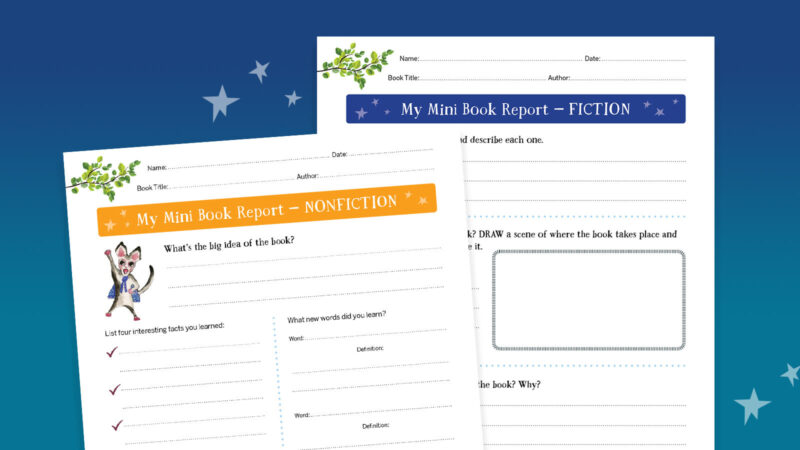
When all students have to read a book and need to report on what they read, differentiate the product with multiple report options. Students can show what they learned through a skit, poster, presentation, and more.
Get it: Free Book Report Printables for Grades 3-5
Alternate assessments
Alternative assessments provide ways to differentiate in your classroom by giving students multiple ways to show what they know. For students who struggle with writing, consider a discussion instead (unless you’re specifically working on writing skills). Instead of a traditional book report, have students turn the story into their own graphic novel. Find ways to help students shine!
Learn more: Alternative Assessment Ideas
Make a game
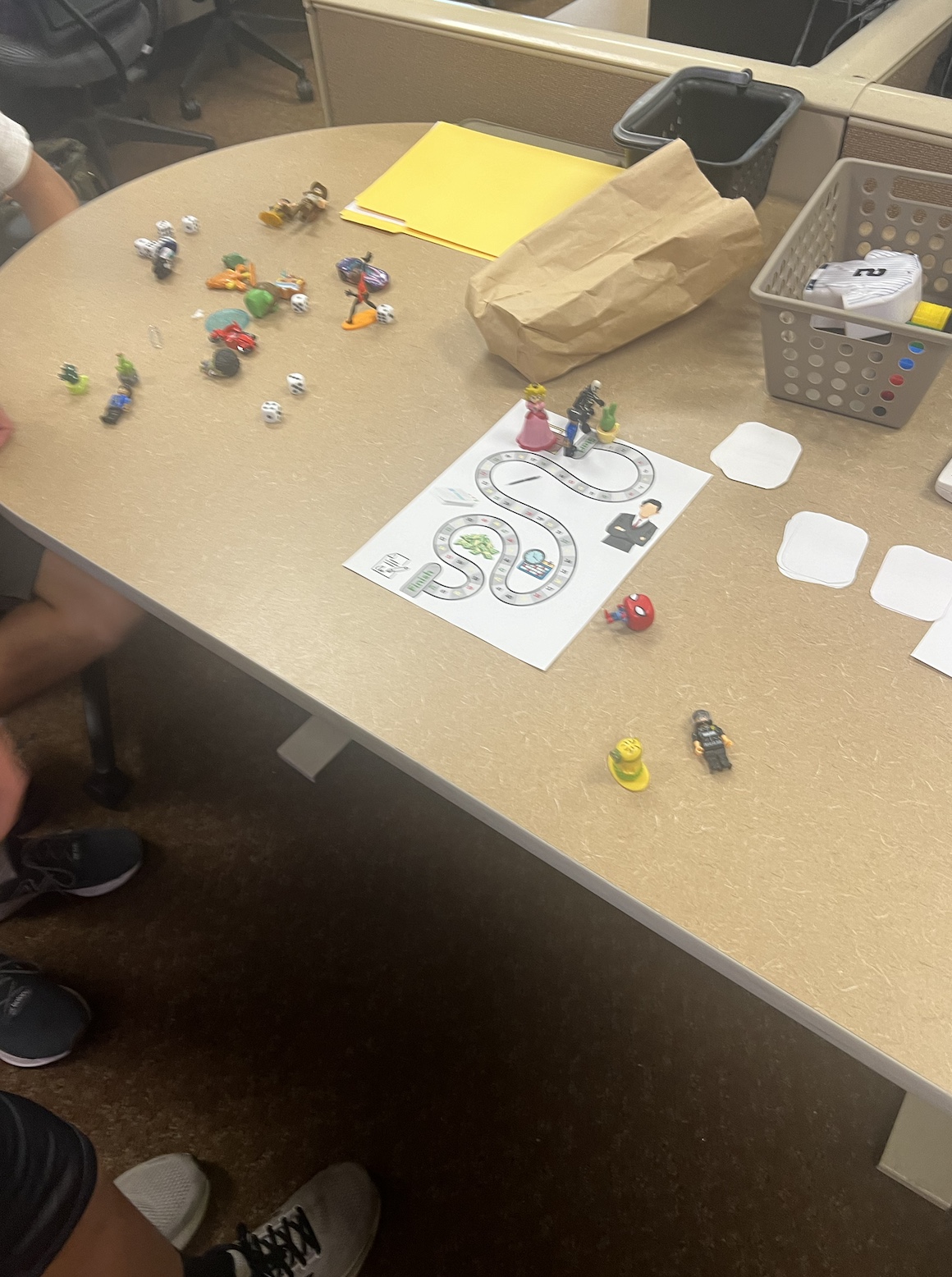
Students in a high school business class create a game to show the role of Human Resource professionals in a company. We love this idea to turn content into a game! It challenges students to use their creativity to explain concepts that, let’s face it, can be a bit dry.
Strategies To Differentiate the Learning Environment
A differentiated learning environment is one where every student has equal access to learning. It’s about routines and procedures and how you set up and use the space every day.
Small groups
Small groups, whether organized by skill level, interest, or randomly assigned, give students a way to learn together.
Learn more: Small Group Instruction Strategies and Tips for Success
Create different learning spaces
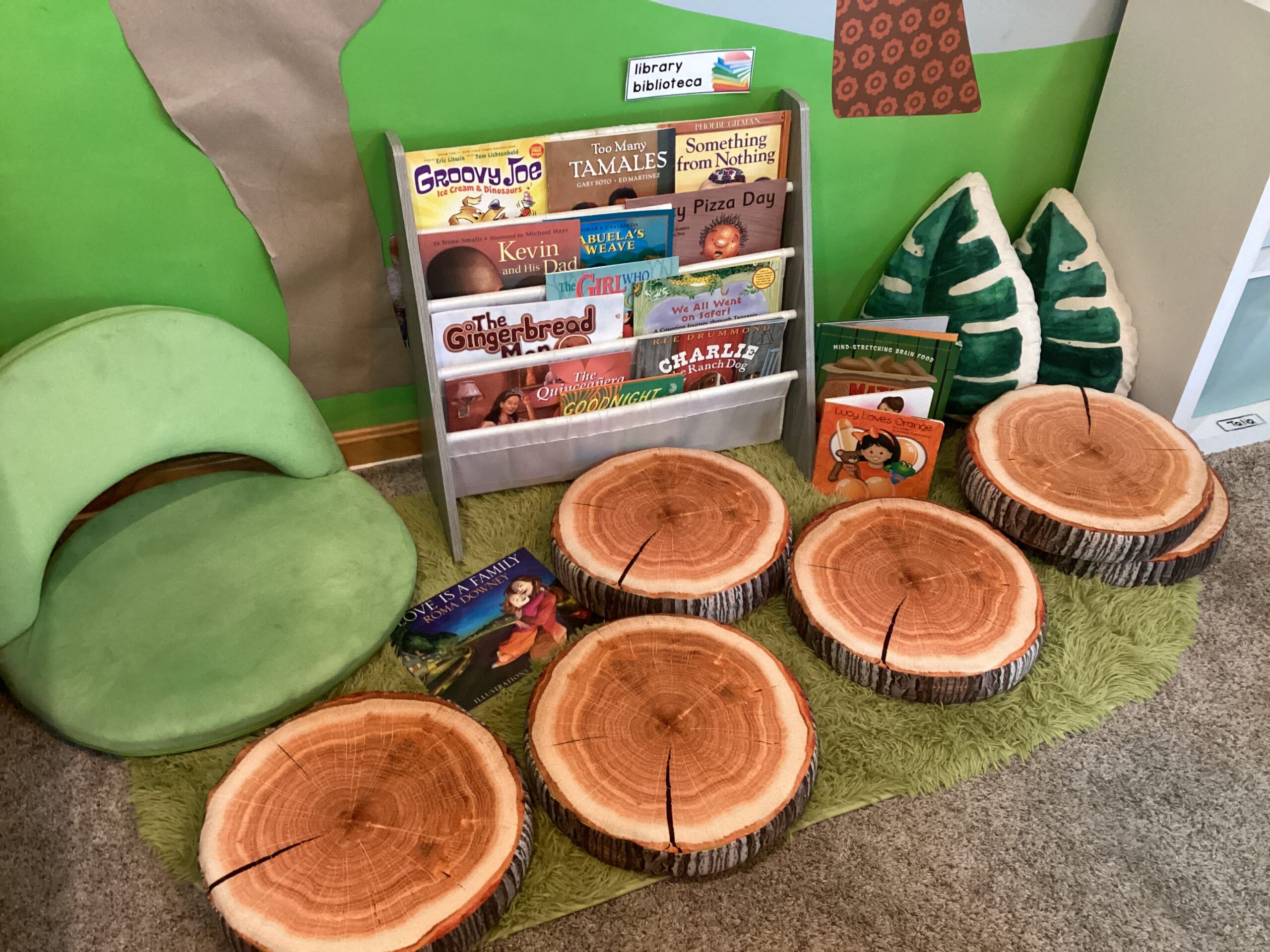
Allow students to choose how they sit (or sprawl) while they’re working. Use pillows, varied lighting, and different types of seating to create spaces for small group collaboration, quiet contemplation, reading, and project work. Provide noise-canceling headphones, fidgets, or other tools to help them concentrate.
Learn more: Types of Learning Spaces To Include in Your Elementary Classroom
Hang anchor charts
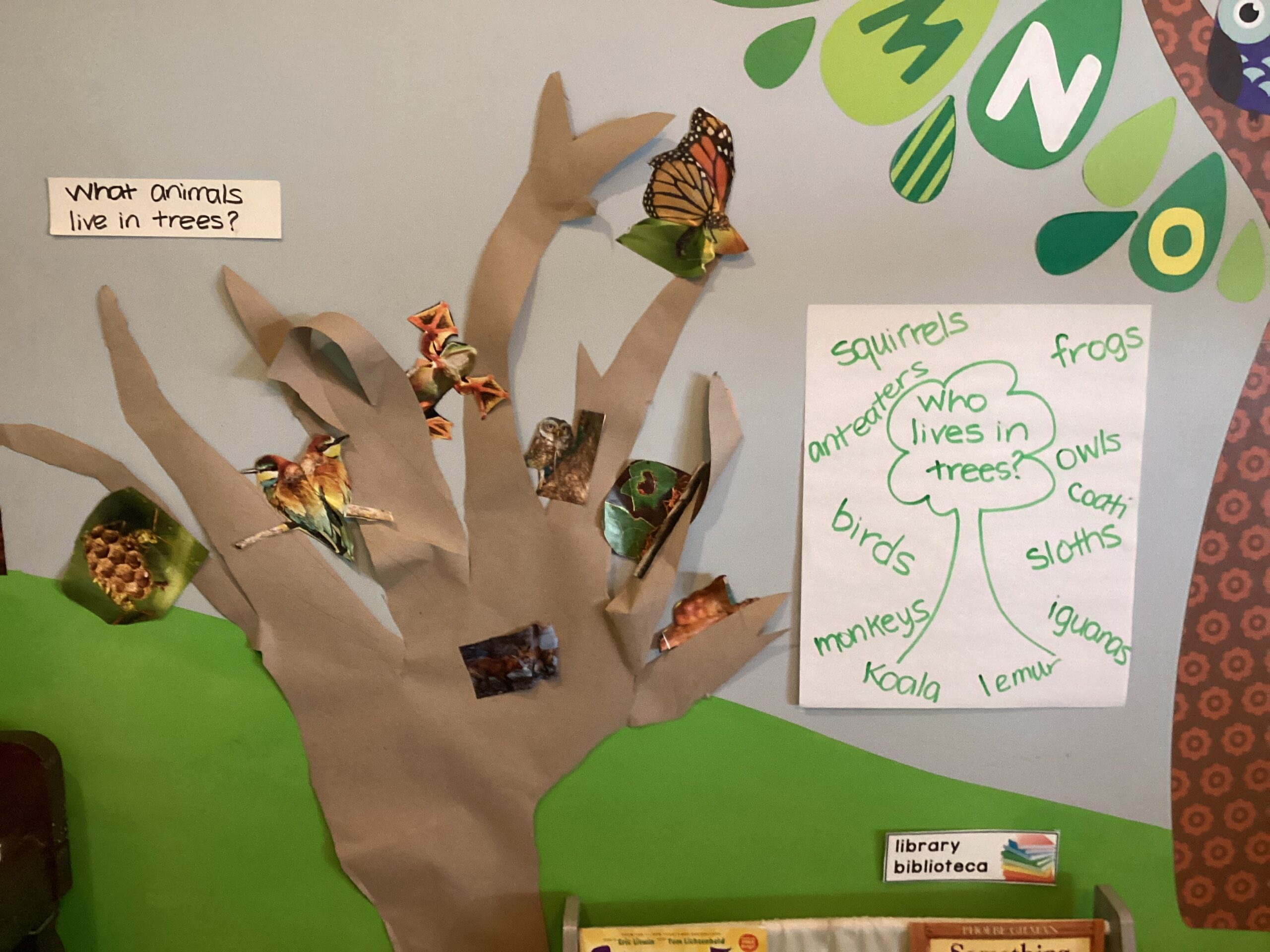
Good news! Those anchor charts hanging all over your walls are a popular differentiation strategy. They give students a reference for important information, and allow them to access information after the lesson is over.
Learn more: Anchor Charts 101
Start peer buddies
Pairing students of varying levels as buddies benefits all kids. Some schools pair those with disabilities with a buddy to help them as needed. Others pair older students with younger ones. Whatever you choose, plan your program carefully and monitor pairings to ensure they’re working out.
Get a co-teacher
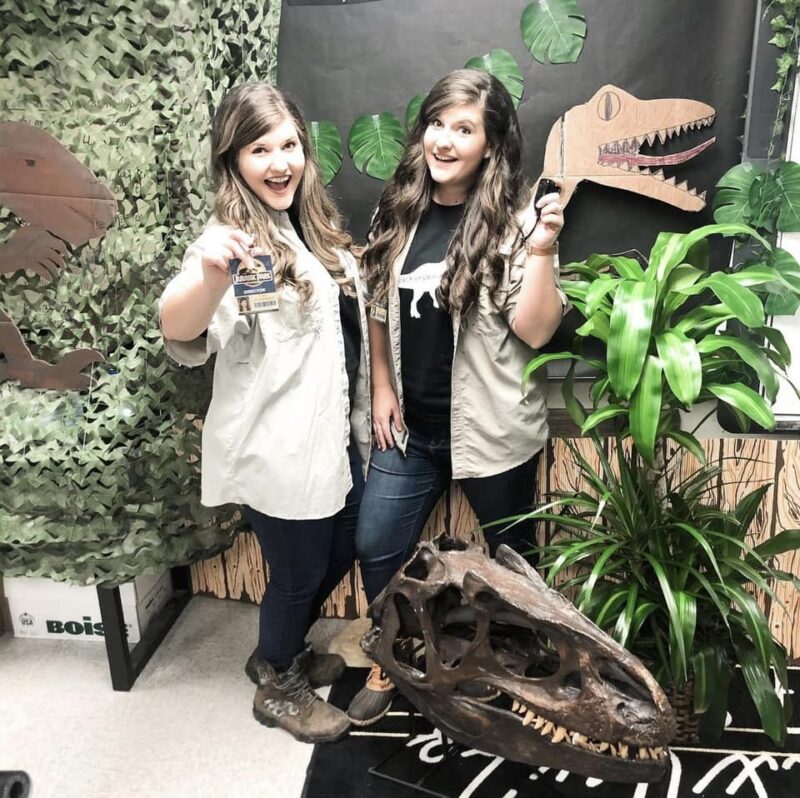
Just as students have different learning styles, teachers have different instructional styles as well. Use this to your advantage! You don’t necessarily need to co-teach full-time. Work as a team with your fellow teachers to learn what their styles are like, and consider switching things up from time to time by trading duties for certain lessons or subjects.
Learn more: Things Successful Co-Teachers Do
Flexible grouping
Instead of leaving students in the same-leveled reading groups at all times, mix up your groupings by interest, readiness, or learning styles.
Flexible seating
Provide different seating options for students. Wobble chairs, pillows, beanbags, and old-fashioned desks and chairs allow students to choose how they work best.
Learn more: How To Make a Pool Noodle Sensory Chair
Centers
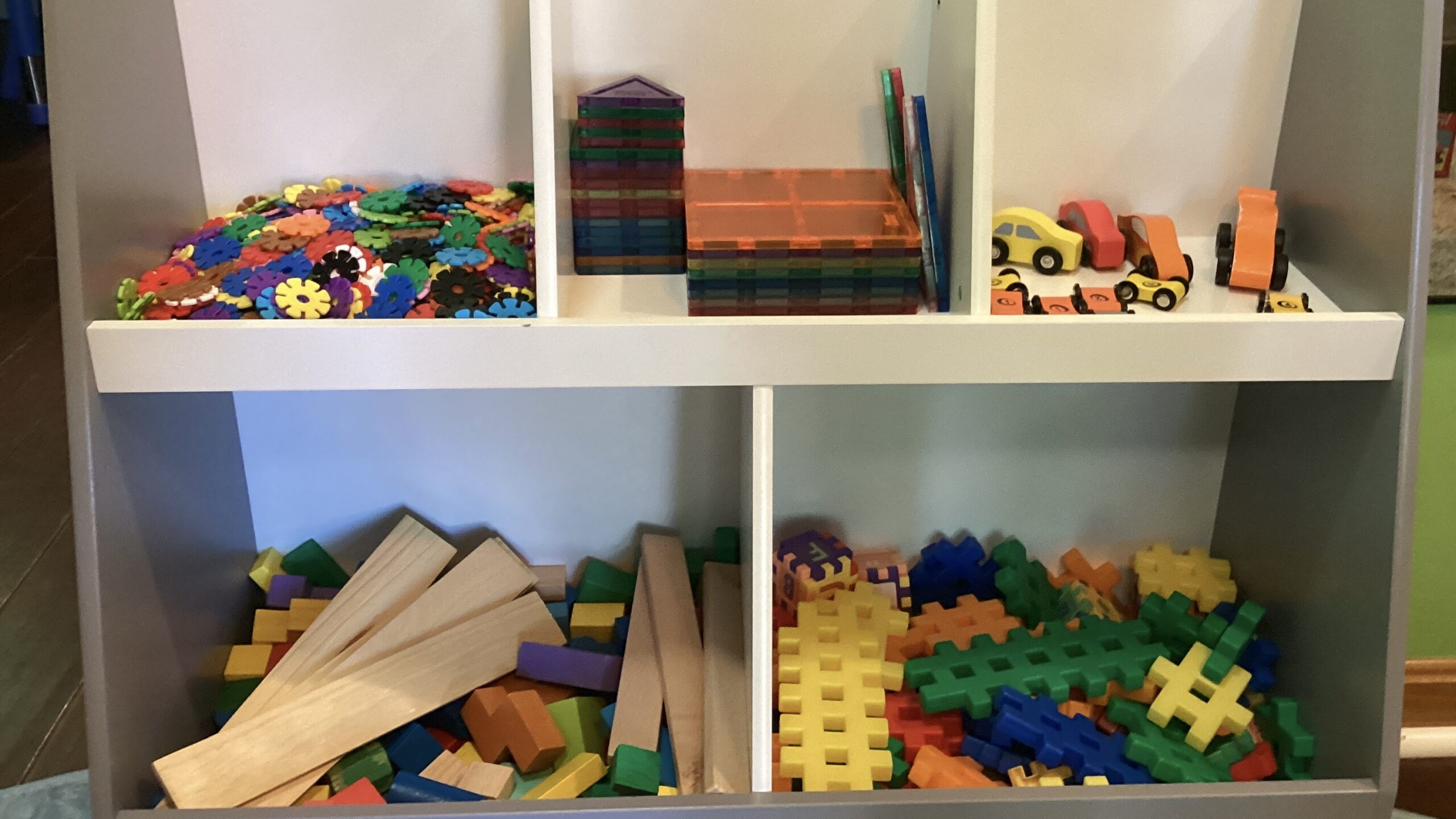
Center work allows kids to go at their own pace and work however they want, without feeling the need to keep up with others.
Check out the big list of K-2 literacy centers to get started.
Student surveys
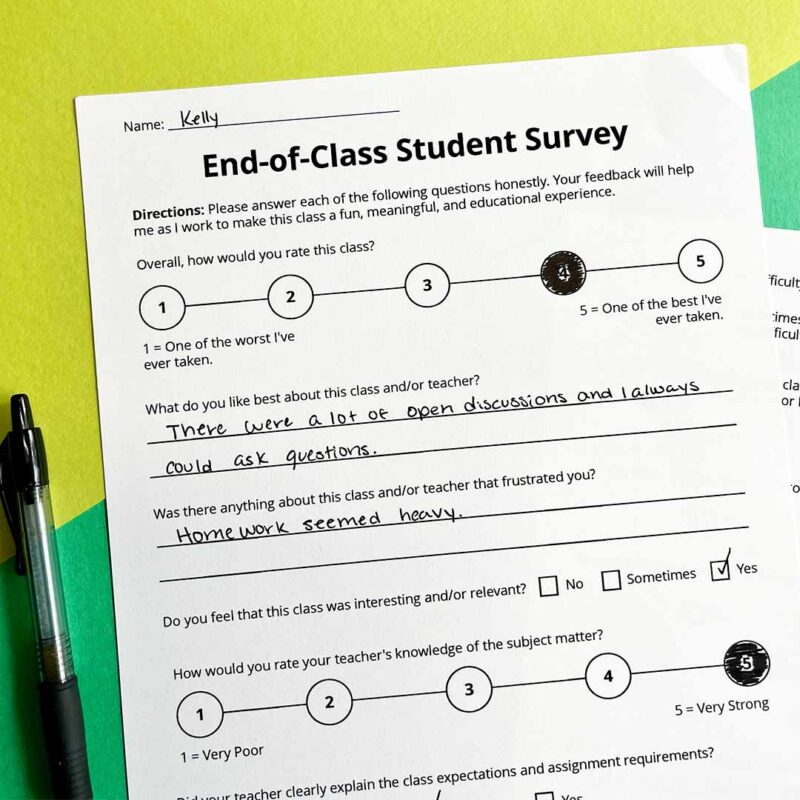
An important way to improve your differentiation is by asking students. Surveying students in conversation or with a formal question-and-answer format, like our printable end-of-class survey, can help you reflect on which aspects of differentiation had the most impact on students and where you can add or adjust differentiation in the future.
Get it: End-of-Class Survey Printable
Differentiated Instruction Strategies Books
- How To Differentiate Instruction in Academically Diverse Classrooms (Tomlinson, 2017)
- Differentiation and the Brain: How Neuroscience Supports the Learner-Friendly Classroom (Sousa/Tomlinson, 2018)
- How To Plan Differentiated Reading Instruction: Resources for Grades K-3 (Walpole/McKenna, 2017)
- Differentiation in the Elementary Grades (Doubet/Hockett, 2017)
- Differentiation in Middle and High School (Doubet/Hockett, 2015)
What are your go-to differentiated instruction strategies? Come share your ideas and ask for advice in the We Are Teachers HELPLINE group on Facebook.
Plus, if you enjoyed these differentiated instruction strategies, check out What Is Scaffolding in Education?
